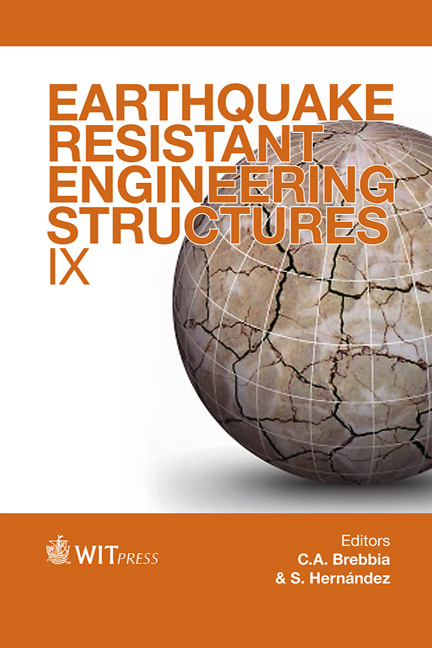Vibro-base Isolation Of A Building To Decrease The Technical Seismicity Effect
Price
Free (open access)
Transaction
Volume
132
Pages
9
Page Range
323 - 331
Published
2013
Size
2,896 kb
Paper DOI
10.2495/ERES130261
Copyright
WIT Press
Author(s)
D. Makovička & D. Makovička Jr.
Abstract
When vehicles run on underground and above-ground roads, vibrations propagate from the traffic structures to the buildings in their vicinity. These vibrations are designated as technical seismicity from traffic effects. Vibro-base isolation is a promising method for reducing the vibrations of buildings (Makovička and Makovička, Structure insulation exposed to excessive vibration of underground traffic (2005) and Jacquet and Heiland Tieffrequente Bauwerken- Kopplungen als Schutz gegen Erschütterungen (2002)). A layer of rubber or some other elastomer is usually used for this purpose. This elastic layer is located between the twinned foundation base plate. In order to help engineers decide whether to implement vibro-isolation, a comparison is made between the response of a building with vibro-isolation and without vibro-isolation. A further aim of the paper is to use an example of a concrete structure to present the effectiveness of vibro-base isolation, namely by comparing vibration measurements before and after construction of the building. Free-field measurements, calculation prognosis of vibration and final vibration measurements on the residential floors of the building are compared and discussed. Keywords: technical seismicity, vibro-base isolation, elastomer, dynamic analysis, measurement, validation.
Keywords
technical seismicity, vibro-base isolation, elastomer, dynamic analysis, measurement, validation





